Putty knife is a pretty knife!
It’s an amazing tool for both professionals and novices. And we’d seek your answer in the comment box, how much do you know about putty knife uses?
Well, this simple knife can ease most of your daily life tasks. And nothing can replace its dependability. So it has great value. Whether you’re a professional or a DIY enthusiast, today’s article will certainly help you!
We’ve discussed 13 amazing aspects where you can use a putty knife. And that’s what you shouldn’t miss at all.
13 Amazing Uses of Putty Knives
You might have brought it for some specific task, which it’s made for. That’s to deal with any horror situation while scraping paint from walls, patching, or sealing joints whatsoever!
But, after reading this article, you’ll be surprised by how many other tasks this blade can handle in your regular life.
So, let’s see how many things this little guy can deal with!
1. Putty Your Windows
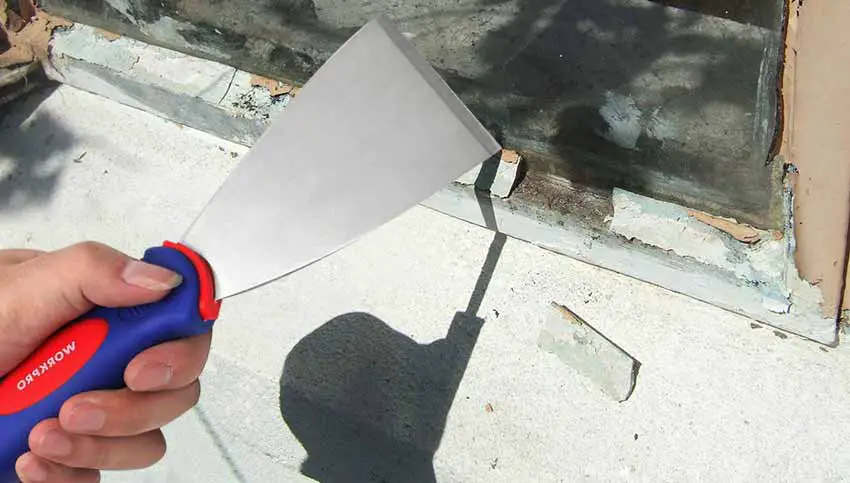
Puttying knives are a very urgent means while glazing windows. Even you will find no alternative to this tool. Whether you’re getting rid of the cranky old layer or applying newly, you can make use of a putty knife.
Also, it will help you set the glass in place and smooth the glazing compounds. For spreading and smoothing putty in the perimeter of the window, a flexible, less wide blade would be better. And you can use a stiff version to pry away large chunks from your window.
2. Finishing Drywall Installation
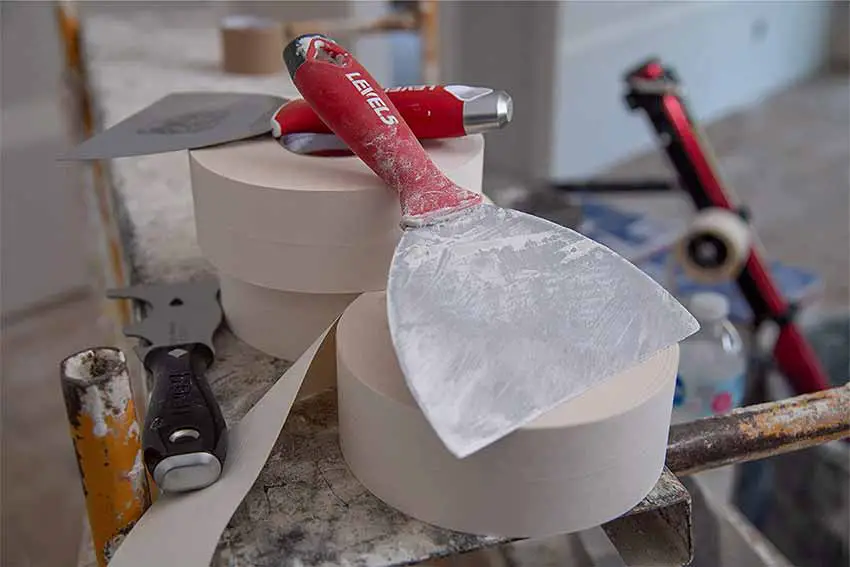
During the drywall sheet installation, there are lots of managing processes to do. And you‘ll see how handy a putty knife comes to serve you! A wider blade version can help you apply the drywall joint compound and even out the surface while finishing. It also comes in handy when taping the seams and corner beads. To be specific 6-inch is the size we’ll suggest.
It works great as an alternative to drywall trowel. You’ll be surprised by its efficient performance! On the other side, a narrow version can help you a lot as a drywall repair kit. From patching a small hole to fixing hairline cracks, it’s super easy.
Also when you’re re-taping small areas or filling narrow strips, this is your doer! Another thing is that it helps to tighten the drywall tape with the surface, thus easily fixes bubbles underneath that.
3. Scrape Away Wallpaper Strips
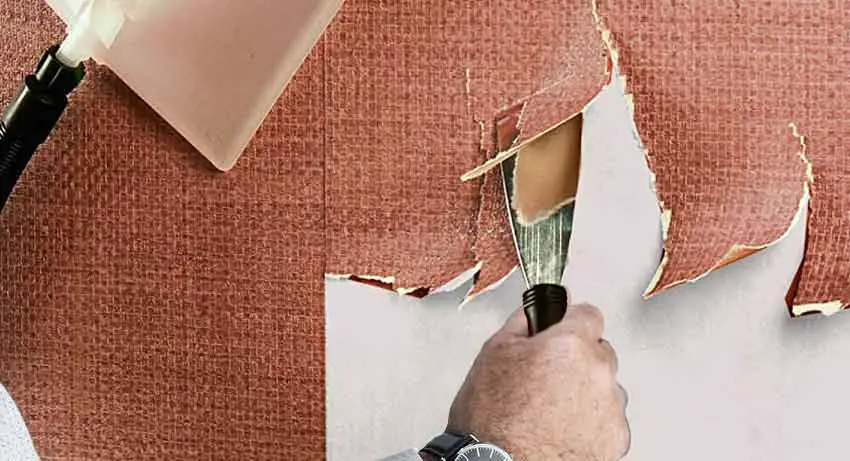
There comes a time when you feel to scrap away the old dated wallpaper to give it an on-trade look. And it’s not an easy task without a putty knife. You can start the process by trying to remove the papers first.
Use it to find the edge and scrape it off with another hand. You can use the same tool while patching the wall. Remove the part wallpaper beneath the patch with this scraper. Especially for scraping the old paper between the door casing and corner, you definitely need this steel joint knife.
4. Hide Nail Holes
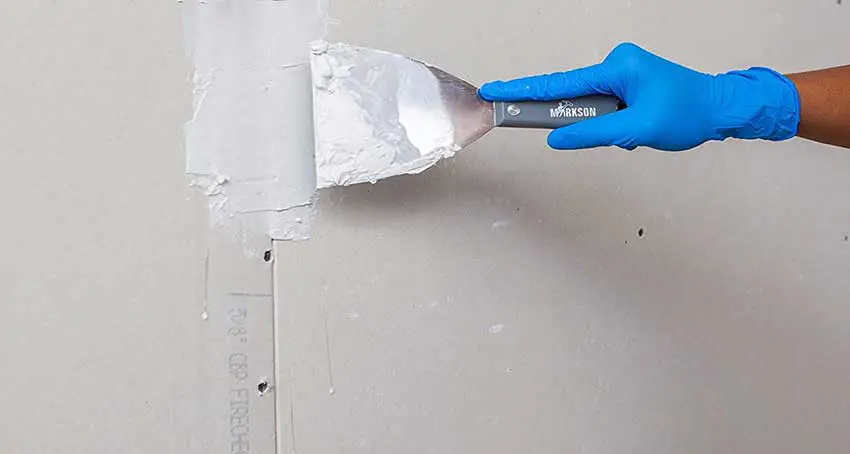
Want to remove the horror nail holes left behind your drywall hangings? It would be best if you had a putty knife smaller in width. And it provides a smooth finish after filling. Just place the Spackle on its blade and fill the hole with it. Then turn it to scrape off the excess materials. You can also use the same process to repair small cracks in your drywall.
5. Save Your Old Baseboard
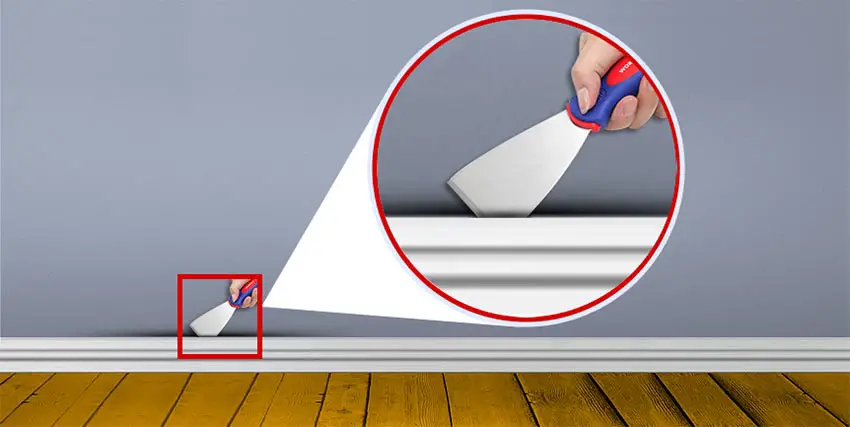
Baseboard – a strip of wood or plastic covers the joint between the floor and walls. This board deserves a safe removal if you want to reuse it. It could be after remodeling your interior style. For this, you need a putty knife to lose the board against the wall. And thus remove the pins that lay with it.
6. Urgent Tiles Repairing
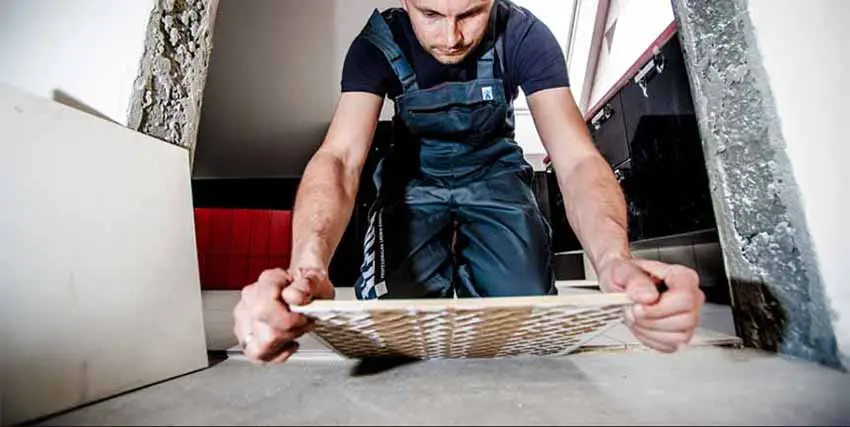
If it’s urgent to repair a few tiles on your floor or wall, what will you do then? Running for drill and paddle mixer – doesn’t it seem too heavier than actual work? Hence you can use a small putty knife instantly. You can use it to remove tile chips and clean the old adhesive with this. Scrap out the edge of the tile to clean the debris and dust. And of course, to spread tiles adhesive in replacement tile, use a spreader putty blade. Remove or shape adhesive with its non-sharp blade while caulking around the tub.
7. Caulking Gun Broke While Working
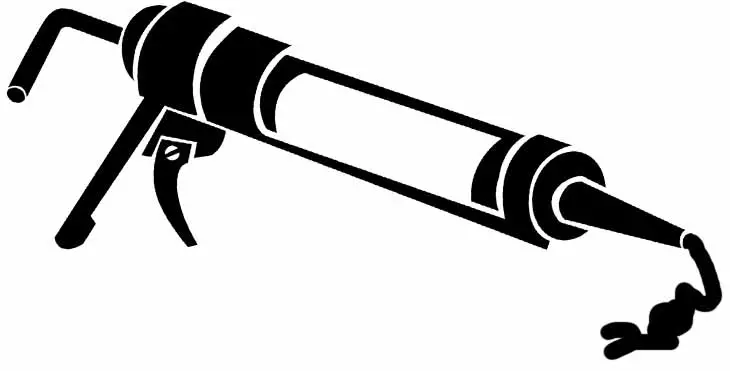
Suppose you are applying adhesive with a caulking gun, and it breaks down before ending your work. What if the adhesive spread up badly and disrupts it? Take a putty knife and warp up what you started. Use it to scoop out the adhesive after cut apart from the tube. You can spread out this glue into paneling with this mini spreader instantly.
8. Remove Old Shower Caulk
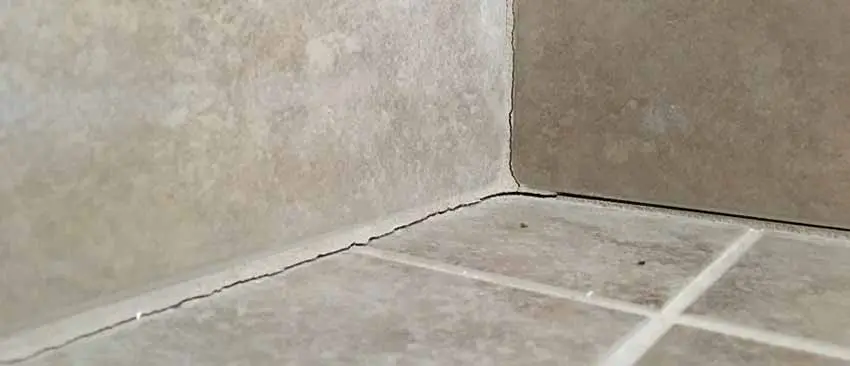
When re-caulking your shower, you must remove the old silicone sealant layer first. A scraper tool would do that very neatly for you. But with its sharp blade, it might put scratch marks on sensitive items like your fiberglass tub. Hence you might make use of the little tool! Apply a thin layer of liquid chemical caulk remover. Once the old layer becomes softer, the knife then peels it off like a caulk removal tool.
Read more about Shower Caulk Reviews
9. Use It As A Spatula
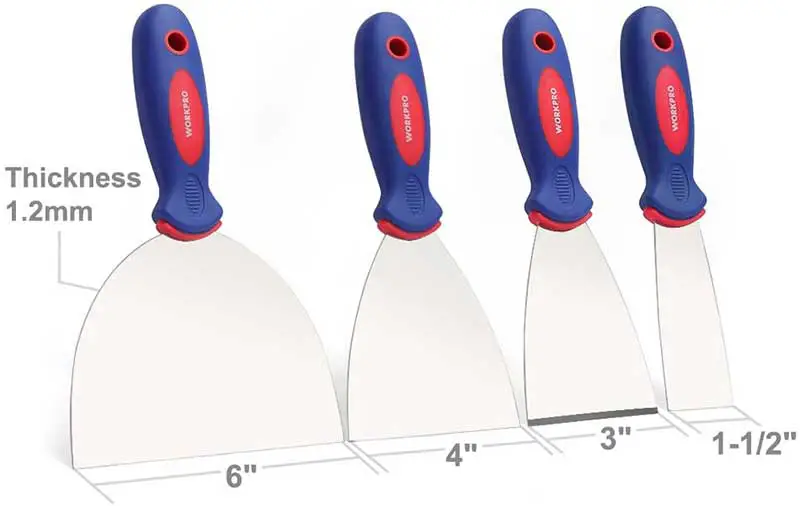
Planning to enjoy gathering for grill fish or chicken? If you have this little knife, why not use it? This little tool is not less than a spatula to flip fish on the grill or griddle. Without tearing sea fish’s skin, your knife can lift it perfectly with its thinner blade shape. Grilling a big fish? Use two putty knives to flip it, one in each hand.
10. Have A Fresh Grill and Window
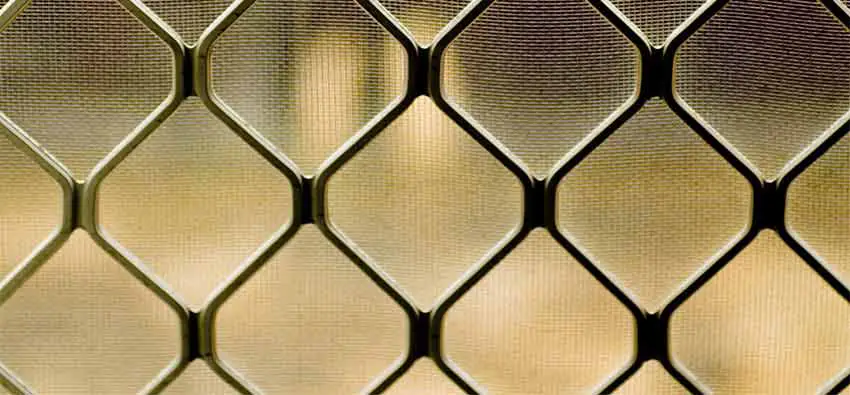
If your grill needs a deep clean, try this putty blade with a wire brush. Scrape the large pieces of gunk and debris with its blade. Brush it well, and enjoy grilling! Sometimes your windows become stuck because of any old paint hunch. You can remove the solidified paints using this mini tool easily.
11. Pull Out the Old Grout
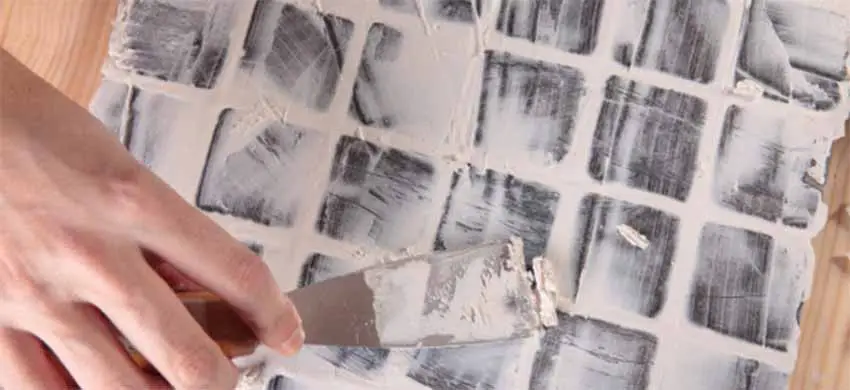
Photo by: doityourself.com (Modified)
If the old grout line cracks, you must replace it. And this scraper knife removes that old layer like a grout removal tool. Also when grouting the tiles, you might see some epoxy grout dries which need removal. Mark that as another case of its uses. However, this metal blade sometimes causes scratches in tiles if not handled carefully. Also, to patch the wall corner, they are perfect to ease the attachment.
12. Scrape Off Old Paint
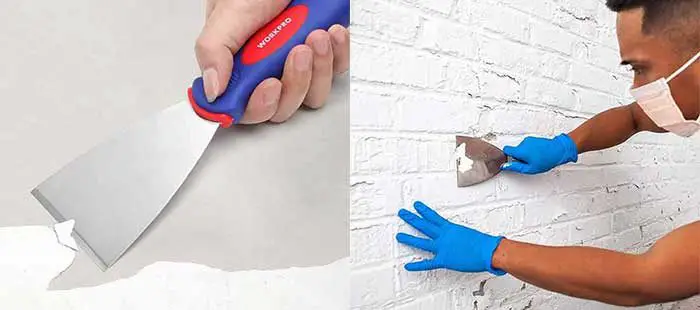
It’s a great tool for scraping off any old paint. You know, a sharp tool can gouge your siding while scraping with it. But there is less chance of gouging if you use a putty knife. It’s not very sharp and a 4-inch version will perfectly run over to achieve it better quickly. You can scrape away much comfortably at a lower angle and it bends. Thus you get rid of the old paint. And the surface now is prepared for stronger primer adhesion. That lets your paint last longer.
Conclusion
Should you pay someone for the usual tasks when you simply can do them? Especially, those who possess a little putty knife. Go ahead and make use of it!
Although it’s intended for some specific purpose, it became a perfect tool for lots of other home improvement projects. And with today’s discussion on those 13 amazing uses of putty knives, we hope that now you know it. It’s a time and money saver that’s keeping in your toolbox totally worth it!
Frequently Asked Questions
1. What size of knives can I use to scrape paint?
Answer: We’d suggest a 4-inch size as standard for scraping old paint. But you can use any size according to your working schedule and volume. Such as when you need faster results, a 6-inch might do it for you. Also, when scraping tight spots, a narrow version might peel it off better.
2. What can I use instead of putty knives?
Answer: The purposes of using this tool are different. In some work, you need an angle edge blade instead of a straight one. You may need a flexible or stiff one for a separate purpose. An alternative depends on the work you’re about to deal with. However, you can use tools with a flat edge like a paint stirrer, butter knife, flat trowel, or ruler according to your work.
3. How do I keep my knife from rusting?
Answer: You can keep it rust-free by proper handling and storing. It depends on how you are tending with the knife after dealing work with it. You have to wash it perfectly with the dish shop and let it dry immediately.
4. Do you have to scrape all the old paint off before painting?
Answer: There is no need to scrape it all. But any loosen or, flaked up curling paints must be removed for creating a strong surface adherence. If you are a perfectionist, you may decide to remove it all; it’s up to you.
5. How do you remove old peeling paint?
Answer: Start by removing the paint from the affected area first. You can use a paint scraper or knife to lift it over. For materials that scratch easily, avoid using sharp scrappers. If the dyes are too loose, use a wire brush to clean.
Note – This compact information is in-depth internet research based. We try to help you sort out the difficulties by putting it up all together. We certainly acknowledge the validity and authenticity of the information. Subject matter experts are highly welcome for their valuable suggestions.
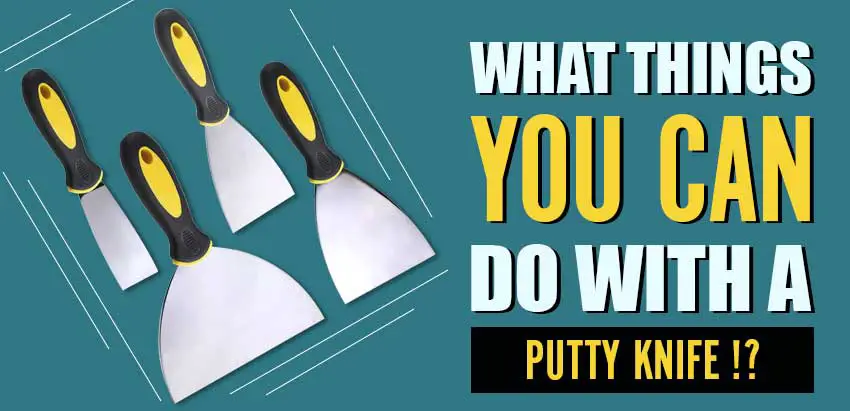
OMG! I never realize that putty knife can also be used to fix imperfect tiles as well. That’s exactly what I’ve been dealing with in my bathroom lately. I guess it’s time to hire a professional so the job can be done seamlessly later.
Happy to hear that you like it…
Yeah…you can do urgent repairing works with a putty knife